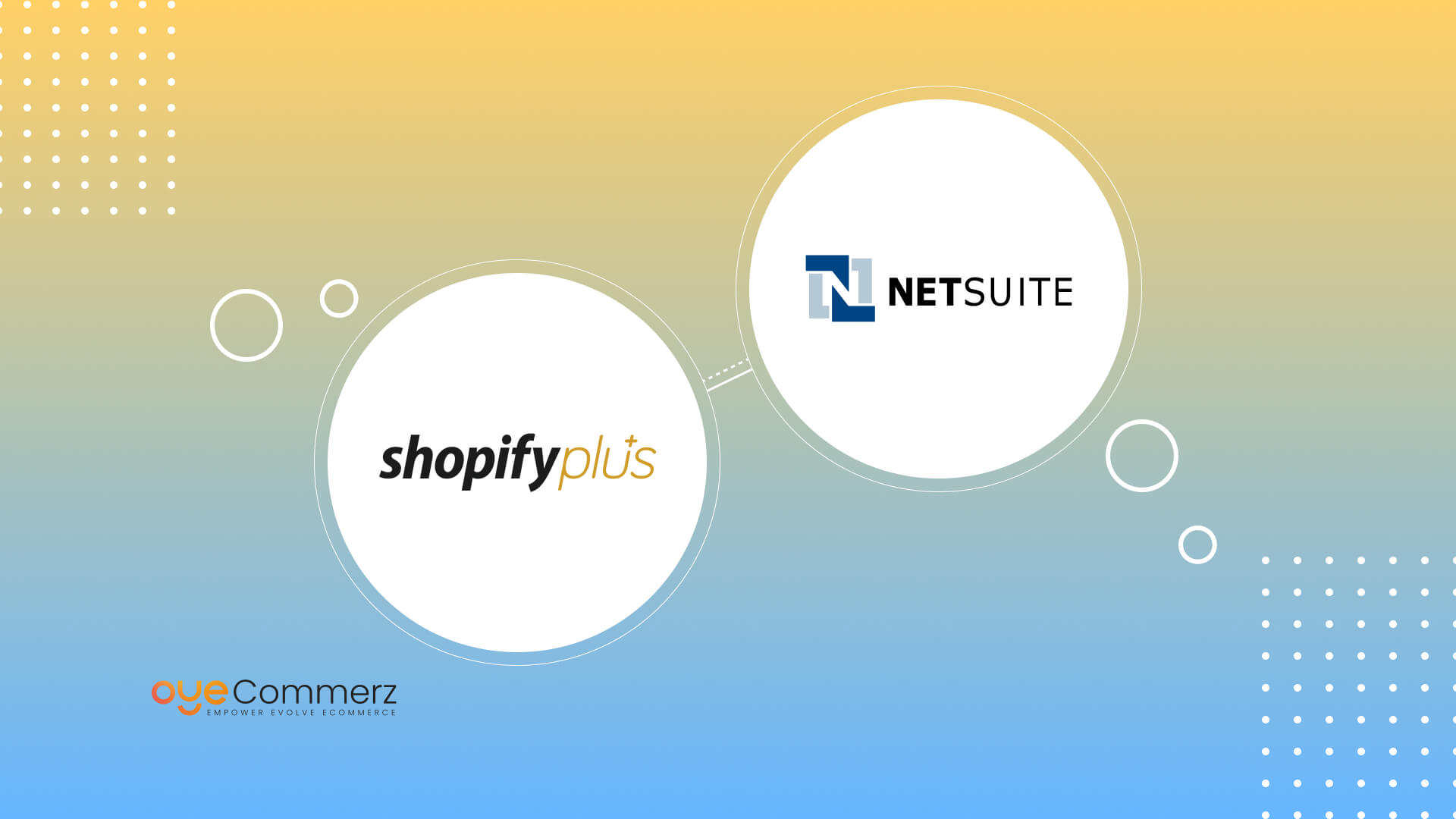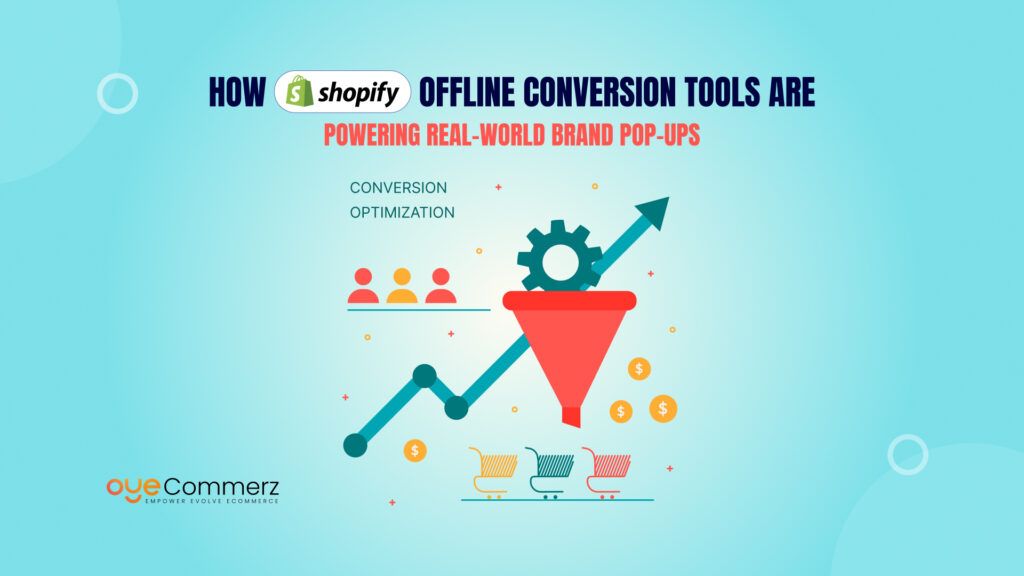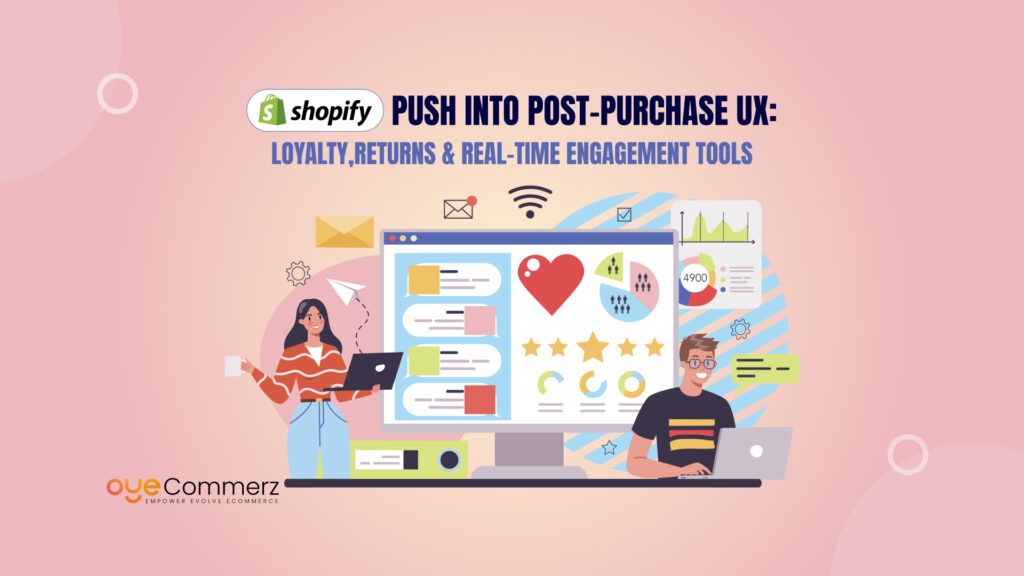Time is of the essence for business in the sphere of eCommerce, hence, smooth processes and their effective control are vital. Challenges may occur since organizing a business increases the complexity of several factors including inventory, orders, and customer data. This is where strong solutions like Shopify Plus, Netsuite, and others can help and save you from a lot of hustle. Shopify Plus entails an eCommerce platform that can grow with you while Netsuite gives you business management resources. Combining these two effective techniques greatly helps improve the organization’s productivity and optimization of processes.
This blog is going to be a step-by-step guide on how to integrate Shopify Plus with Netsuite. You will learn about the advantages, watch the integration process, read about the pitfalls, and get some useful recommendations.
Table of Contents
ToggleNetSuite SuiteCommerce Growth
Currently, 3,594 active stores are operating on the NetSuite SuiteCommerce platform.
Here is the historical growth of stores using NetSuite SuiteCommerce:
- In Q2 2024, the number of NetSuite SuiteCommerce stores grew by 10.6% compared to the previous quarter.
- In Q2 2024, the number of NetSuite SuiteCommerce stores saw a year-over-year increase of 57%.
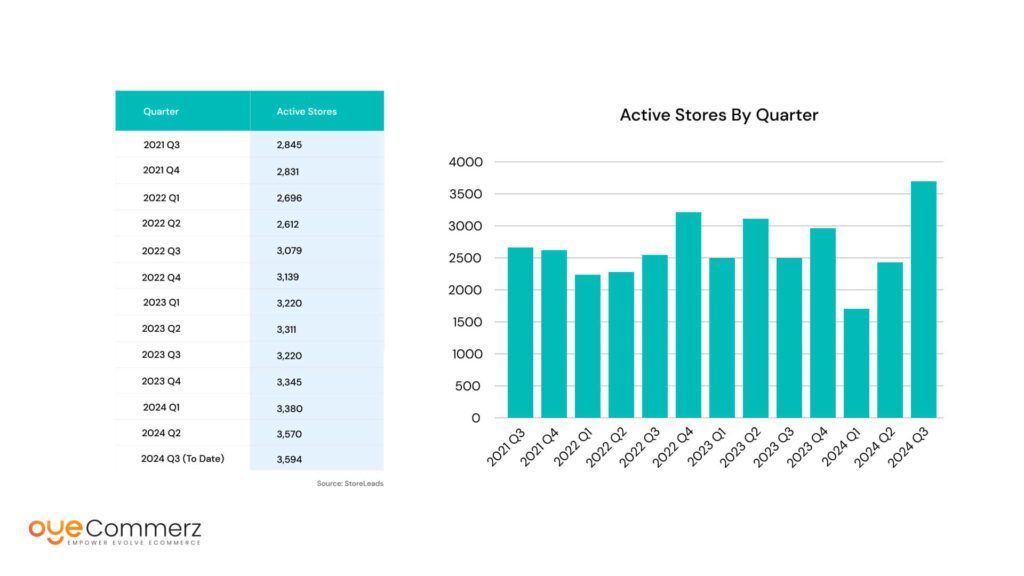
A Brief Understanding of NetSuite
Netsuite is an ERP solution by Oracle that is aimed at providing solutions for mid-level and enterprise-level companies. It provides a set of applications to handle different activities of a business such as financials, customer relationship management, sales, inventories, and others. Netsuite is always recognized for timely delivery of business performance analysis, accurate decision making, and increase of efficiency.
Key Features of NetSuite
Comprehensive Financial Management: Some of the advanced features of Netsuite include accounting, billing as well as revenue recognition tools.
Customer Relationship Management (CRM): They used it for managing the relationship with customers, the sales and customer service aspects.
eCommerce Integration: It is important to note that Netsuite is extended with eCommerce solutions to avail the best business management solution.
Inventory and Order Management: It helps to provide result-oriented forecasts for inventory and to perform effective sales order completion.
Business Intelligence: Reporting tools offered include the ability to use real-time data to make tactical decisions.
Benefits of Connecting NetSuite to Shopify Plus

Combined with Shopify Plus, Netsuite has extensive advantages that can boost the development and productivity of businesses. Here are some of the key advantages:
Enhanced Data Accuracy
Interfacing helps eliminate the chances of data entering being made in the wrong format as the data passes through a channel between the two platforms, Shopify Plus and Netsuite. This results in improved inventory stock, accurate order information, and customer data.
Streamlined Operations
Integration of Shopify Plus with Netsuite commonises several business activities including; order processing, inventory, and financial reporting among others. This makes the amount of manual work done to be less and the time taken to process answers to be less as well.
Improved Customer Experience
Since the customers’ details and their orders’ statuses are available in real-time, the businesses are in a position to offer better services to customers. Timely response to the customers’ inquiries and proper order tracking increases the quality of customer relations.
Better Inventory Management
Integration means, keeping updating the stock information to avoid the problem of stock loss between Shopify Plus and Netsuite. This eliminates stocking or short-selling problems hence proper or rather efficient stock control.
Comprehensive Business Insights
Integration between Shopify Plus and Netsuite gives businesses a full picture of what is happening in their business. Data analysis in real-time brings better decisions and predictions of business trends leading to future planning.
Shopify Plus Integration with NetSuite: A Step-by-Step Guide
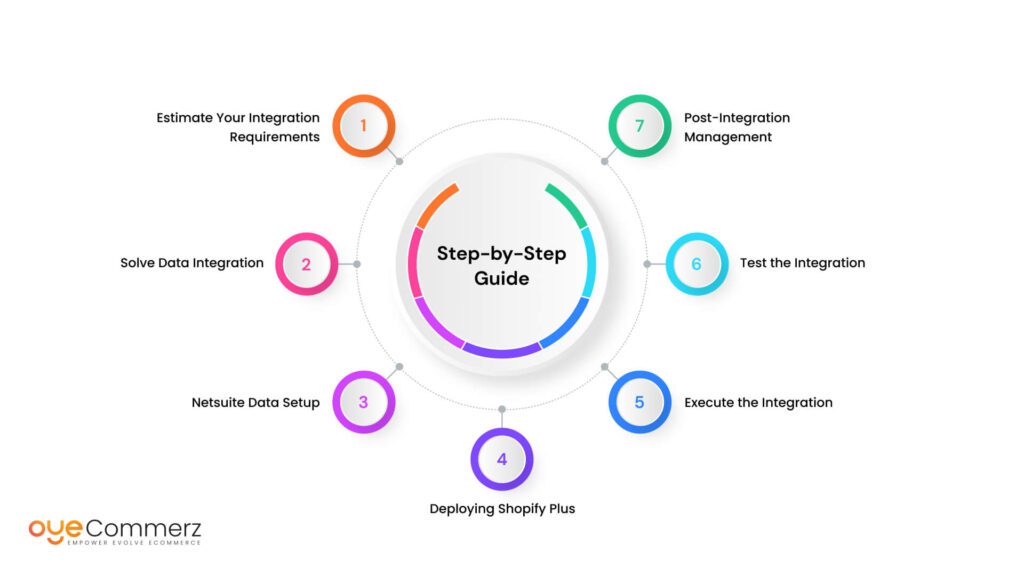
The integration processes of Shopify Plus with Netsuite are needed and can be outlined as follows; Here is a step-by-step guide to help you navigate the integration process:
Step 1: Estimate Your Integration Requirements
First of all, it’s crucial to determine the specifics of your business, as well as your objectives and priorities. Determine which data should be synchronized, between Shopify Plus and Netsuite, including orders, inventory, and customers.
Step 2: Solve Data Integration
Shopify and Netsuite can be integrated in various ways and the approaches include custom development, third-party integrations, and middleware. It is important to determine the advantages and disadvantages of each method and make a decision based on the needs of the business.
Step 3: Netsuite Data Setup
Check that the Netsuite account is properly configured so that it would be easy to integrate it with other software. This entails adequate module creation, data fields, and user roles as well as permissions that are necessary in the organization.
Step 4: Deploying Shopify Plus
As such, set up your Shopify Plus store so that it is ready for integration with the corresponding e-commerce platform. This implies defining a webhook and APIs, as well as confirming the required data fields for the synchronization.
Step 5: Execute the Integration
Based on the selected integration approach, it is necessary to use the key integration intermediaries. This may need coding the application-specific scripts, tweaking the APIs making necessary settings in other tools, or implementing middleware solutions.
Step 6: Test the Integration
Engage in a series of trials and errors to ascertain that information at the correct format between Shopify Plus and NetSuite. Make sure that orders, inventories, and customers are up to date and all the information is properly updated.
Step 7: Post-Integration Management
After the integration is in the live environment, it has to be set up for regular tracking of its performance and problem resolution. Make sure they update and maintain the integration so that they can fit with every update from Shopify Plus or Netsuite.
Common Mistakes to Avoid
Together with integrating Shopify Plus, there are several issues that every business owner wants to avoid, and I want to describe them in detail. Avoiding these mistakes can save time and resources:
Overlooking Data Mapping
Map of incorrect data between Shopify Plus and Netsuite can result to synchronization issues. To avoid this, new fields that are created to capture data in one system must be matched to their counterpart in the other system.
Neglecting Data Validation
This is because failure to validate data within a database before carrying out synchronization is likely to create errors and hence disparities. When testing, integrate data validation checks to improve data quality for use in the system.
Inadequate Testing
Lack of testing prevents one from identifying other problems that might be there after integration. Ensure efficiency and effectiveness by conducting intense testing to check for any defects that are likely to occur in the live system.
Ignoring Scalability
With the growth of a business, comes the increased generation of large amounts of data. Make sure the integration solution meets how your organization is likely to grow since it has to be able to grow with it.
Lack of Documentation
Documentation is very important for solving problems and for future work on the existing construction. It is recommended to always record all the integration processes, specific configurations, and any alterations that have been done.
Tips for Effective Integration
To ensure a smooth and successful integration, consider the following tips:
Engage Stakeholders
Another factor is to engage multiple stakeholders from the technical and the business sections to guarantee that the integration is optimal by business and technical necessities.
Use Middleware Solutions
They can also help lessen the conflicts and the middleware solutions can make the integration between Shopify Plus and Netsue easier. They provide solutions and databases out of the box and need less development.
Automate Data Synchronization
Also, it is recommended to schedule the synchronization process to prevent excessive interference with the process and to avoid errors. It is recommended that the personnel perform frequent synchronizations of data to achieve real-time data.
Prioritize Data Security
Make sure that the transmission of such data between Shopify Plus and Netsuite is safe and secure. Some of the measures that need to be taken are encryption and other methods that can ensure that data is not easily manipulated.
Plan for Downtime
Do the integration at a time when there is less traffic to ensure that the integration process has little to no effect on your business. Probably the most effective way is to inform the customers and other stakeholders in advance regarding the expected time when the system is going to be down.
Unlock Your Business Potential with Shopify Plus Development
Boost your online presence, optimize your operations, and enhance user experiences with our robust solutions. We employ strategic approaches to revolutionize your store and drive success. Our comprehensive training and support will enable you to excel with Shopify Plus, ensuring sustained profitability.
Partner with OyeCommerz to access exceptional eCommerce opportunities and elevate your business to new levels. Contact us today to start your journey toward lasting success!
Contact to Migrate your Site to Shopify Now
Conclusion
It is vital to note that linking Shopify Plus and Netsuite is a tactical process that will substantially improve your business processes. Data synchronization processes and various business operations can be optimized and the essential data can be made more accurate, thus increasing customers’ satisfaction and providing rich business intelligence. That is why this article is organized based on several successful M&As and aims to demonstrate the best practices as well as the explanation of possible pitfalls that can take a conservative approach to the beginning of M&As.
Being an authority in eCommerce solutions, OyeCommerz is committed to bringing acceptable integration and maximum performance to clients’ businesses. Whether you want to expand your business or work more effectively, our team of specialists will help to integrate with every stage of the work.
By integrating both Shopify Plus and Netsuite, your business has a high chance of reaching great heights, more so in the future.

